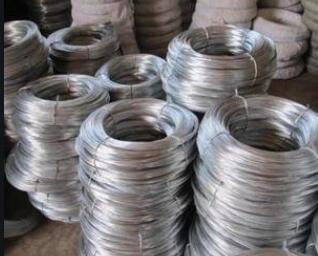Understanding Round Hole Perforated Metal Features and Applications
Perforated metal, a material renowned for its versatility and functionality, has been widely used across various industries. Among its many forms, round hole perforated metal stands out for its unique combination of aesthetic appeal and practicality. This article delves into the characteristics, manufacturing processes, and applications of round hole perforated metal, highlighting its significance in modern design and engineering.
Characteristics of Round Hole Perforated Metal
Round hole perforated metal features a series of evenly spaced circular holes punched through a sheet of metal. This arrangement presents both structural integrity and an array of benefits. Depending on the size and diameter of the holes, as well as the thickness of the metal sheet, perforated metal can provide varying levels of strength, ventilation, and light filtration. Common materials used for round hole perforated metal include stainless steel, aluminum, and carbon steel, each offering unique properties suitable for different environmental conditions.
One of the most significant advantages of round hole perforated metal is its lightweight nature, which does not compromise its strength
. This attribute makes it an ideal choice for applications where weight is a consideration, such as in architectural elements and furniture design. Furthermore, the perforations can be tailored to specific designs or aesthetic preferences, providing architects and designers with greater flexibility in their projects.Manufacturing Process
The production of round hole perforated metal involves several steps, including material selection, perforation, finishing, and quality control. Initially, a solid sheet of metal is selected based on the intended application. The perforation process uses punch presses that create round holes of predetermined sizes and spacing.
round hole perforated metal

After perforation, the metal may undergo additional treatments, such as cleaning, coating, or galvanizing, to enhance its corrosion resistance and aesthetic appeal. The final stage involves rigorous quality control to ensure the finished product meets the required specifications and standards.
Applications of Round Hole Perforated Metal
Round hole perforated metal is widely employed in various applications due to its unique attributes. In architecture, it is frequently utilized for facades, sunshades, and balustrades. The perforations allow for natural light transmission while reducing heat gain, contributing to energy efficiency in buildings. Moreover, the visual impact of round holes provides an appealing design element that can enhance the overall aesthetic of a structure.
In industrial settings, round hole perforated metal is often used in filtration systems, machinery guards, and sound attenuation panels. Its ability to allow airflow and liquids while providing a physical barrier makes it an essential material in manufacturing and processing environments. Additionally, it finds applications in furniture design, where its modern look and functionality can support various design concepts, from shelving units to decorative features.
Conclusion
Round hole perforated metal exemplifies the intersection of design and functionality. With its diverse characteristics, manufacturing flexibility, and broad range of applications, it is a crucial material in contemporary architecture and engineering. As industries continue to innovate and prioritize both aesthetic and functional elements in their designs, the demand for round hole perforated metal is likely to grow, solidifying its place in the future of material science and design.

















